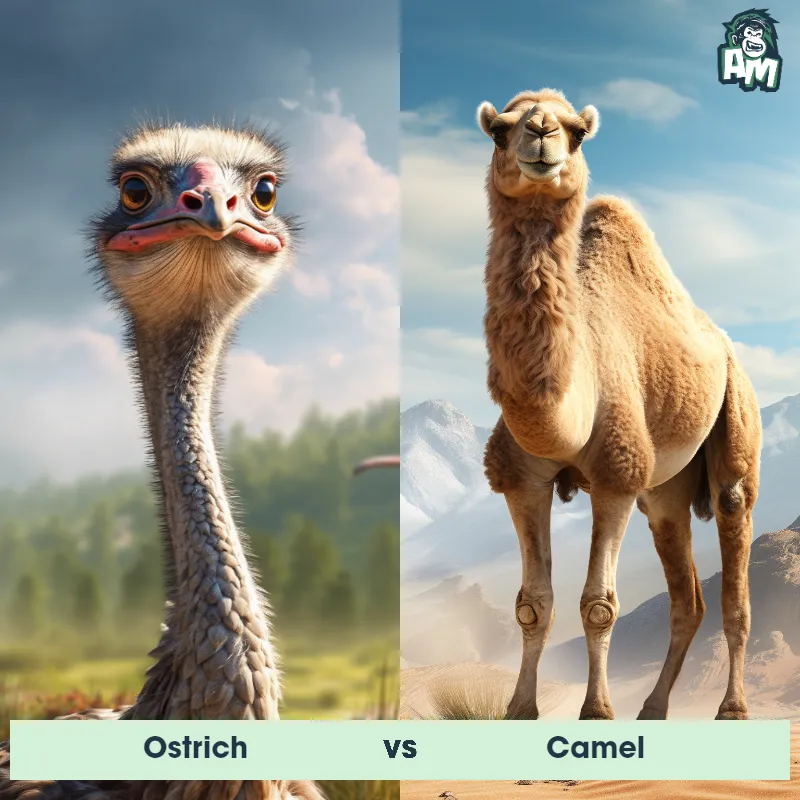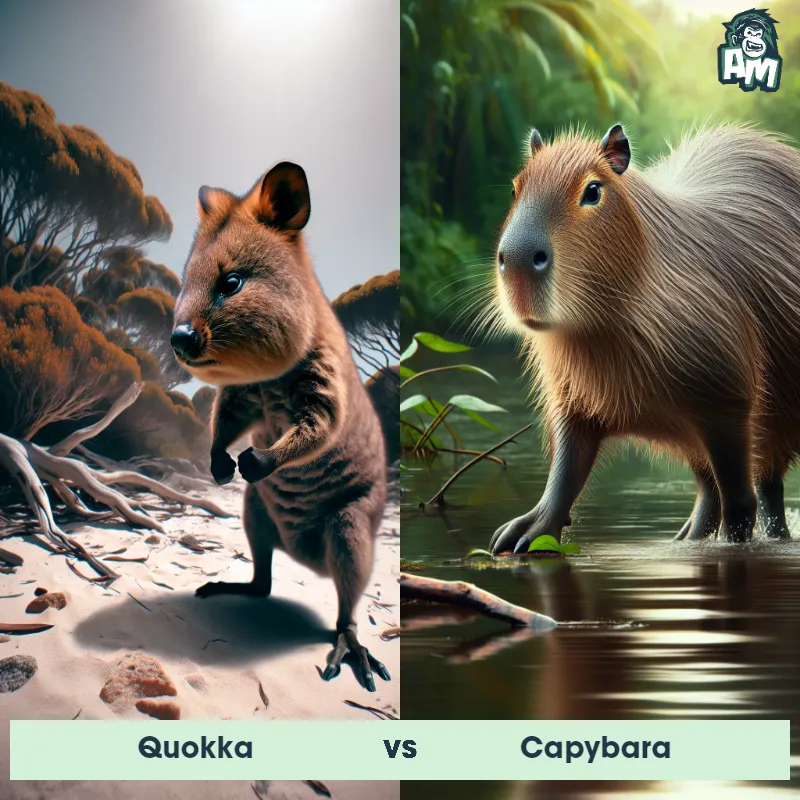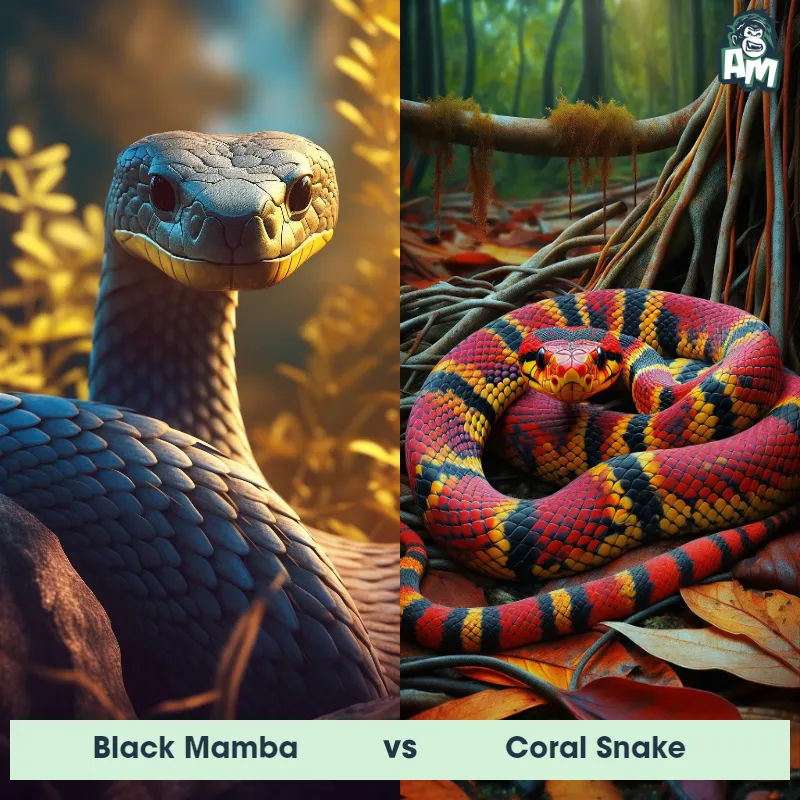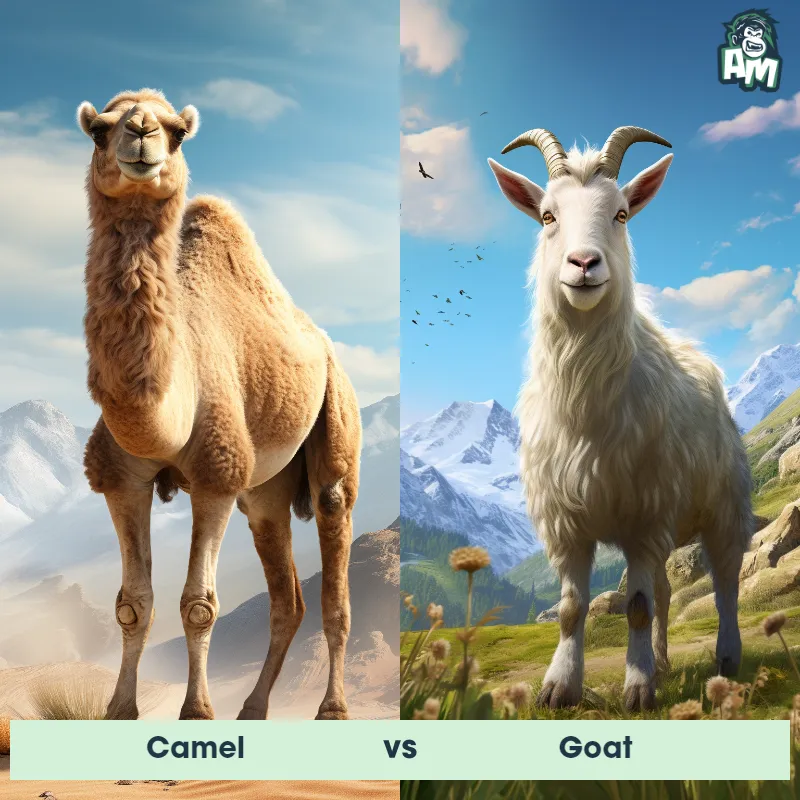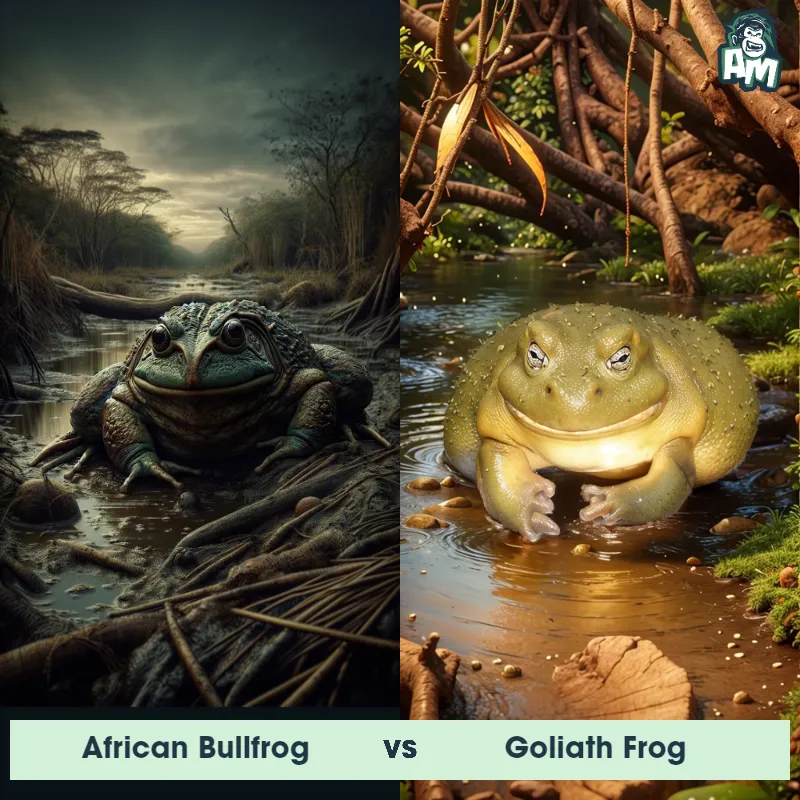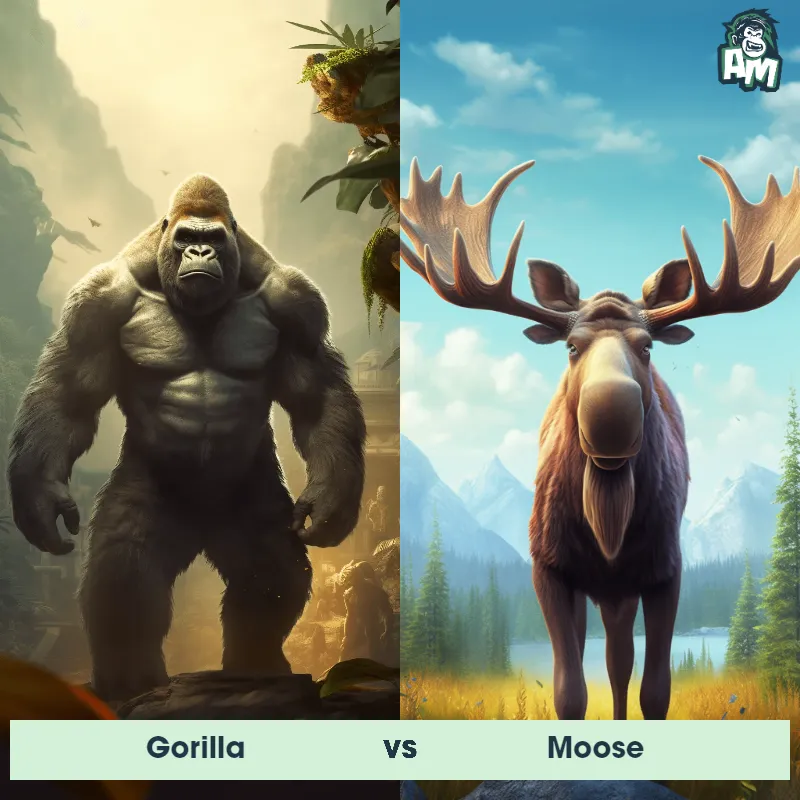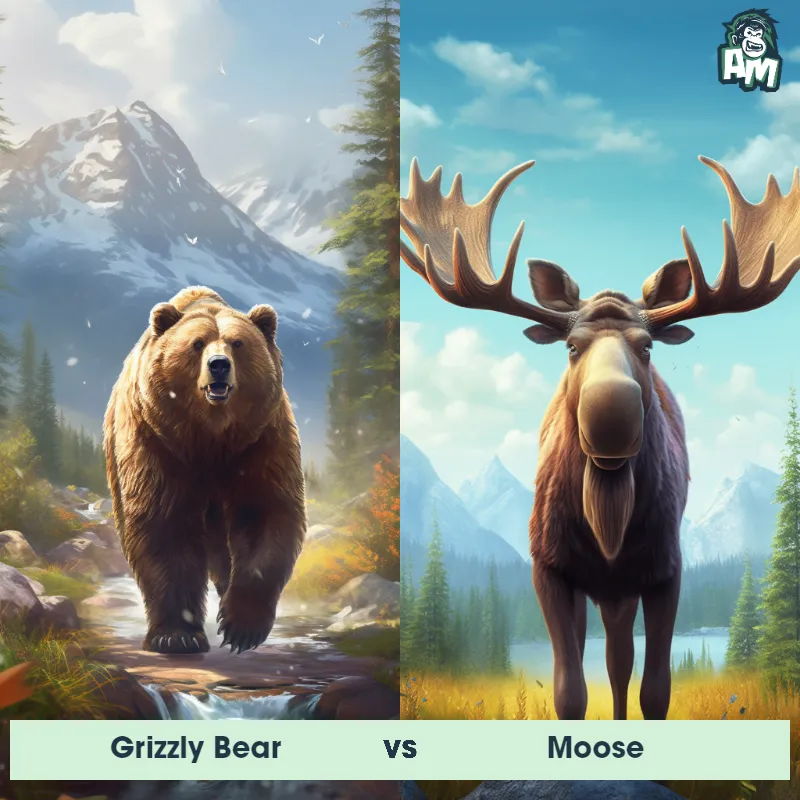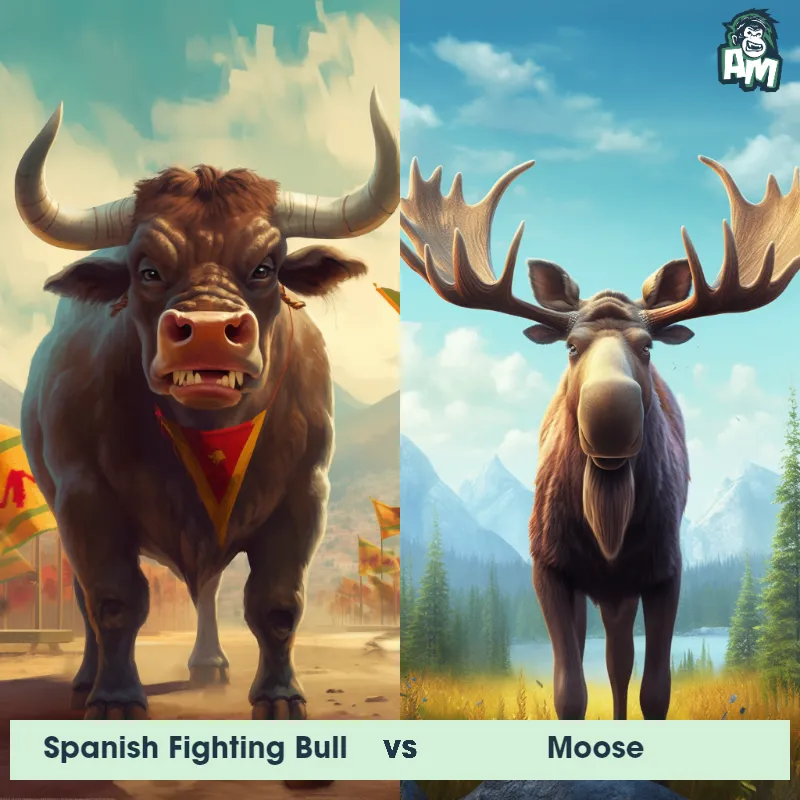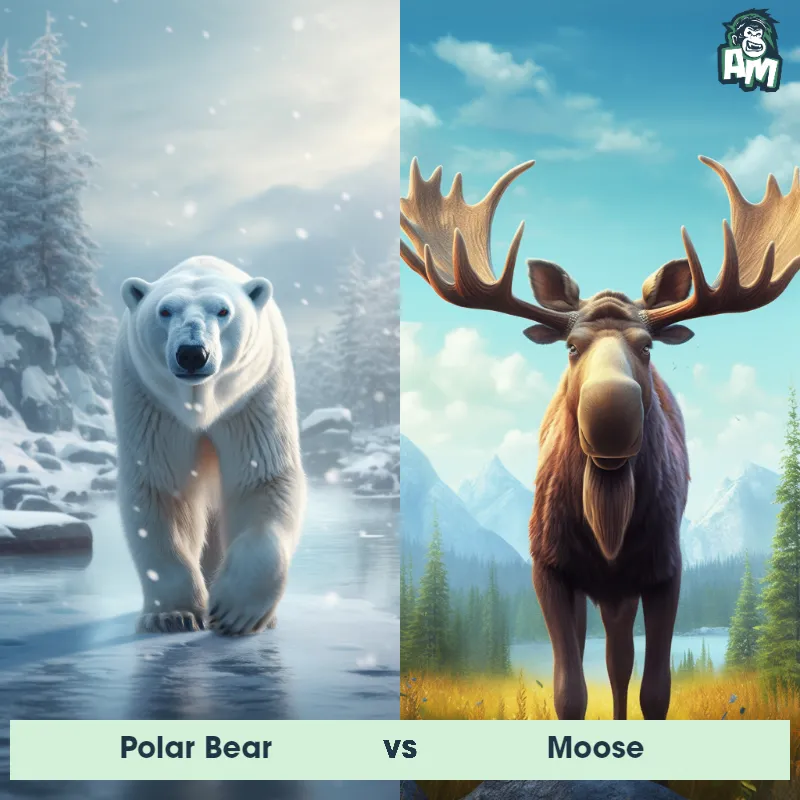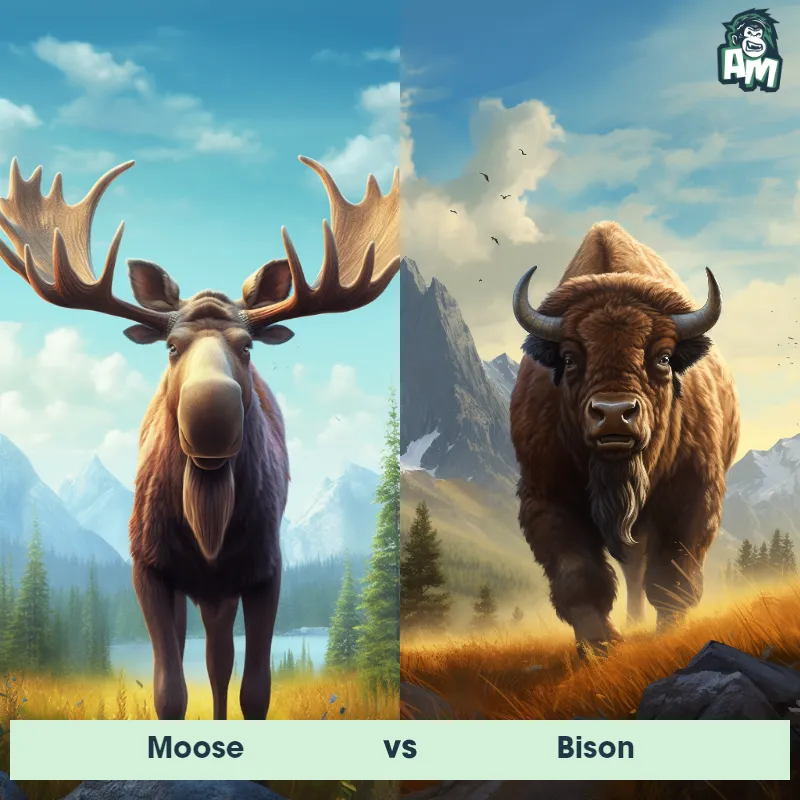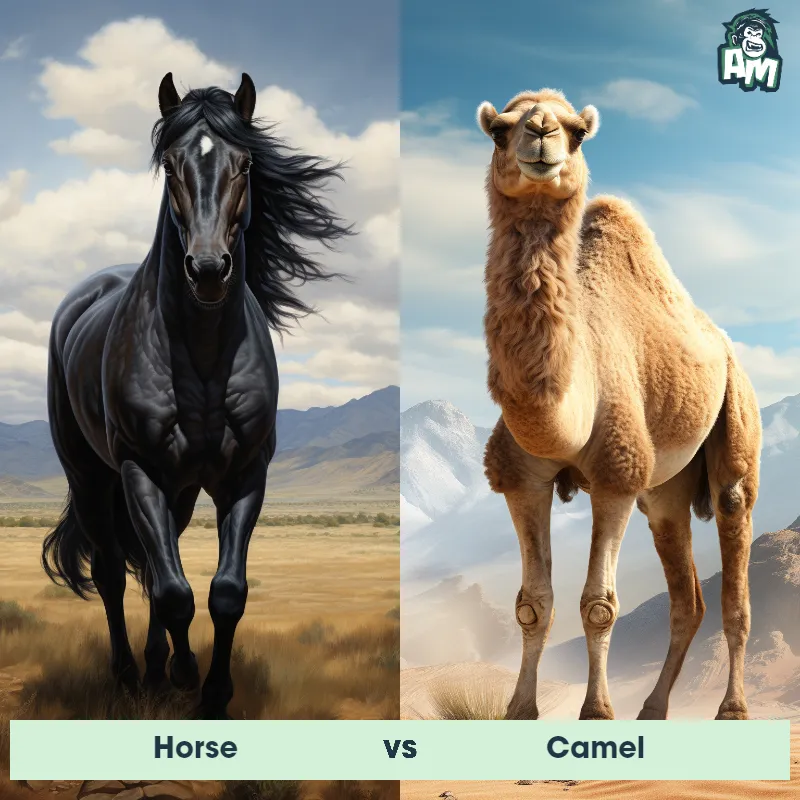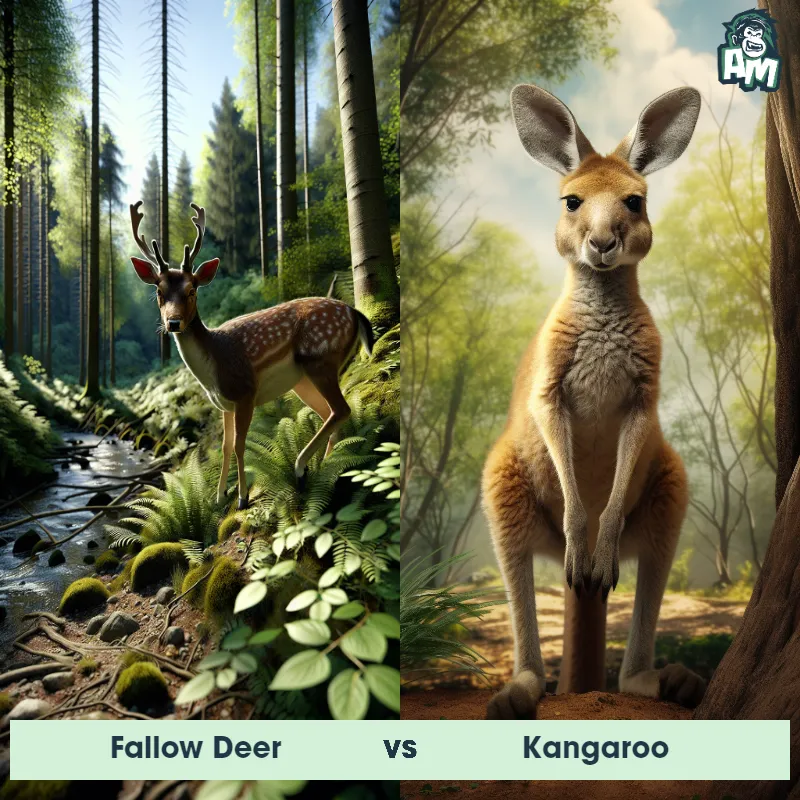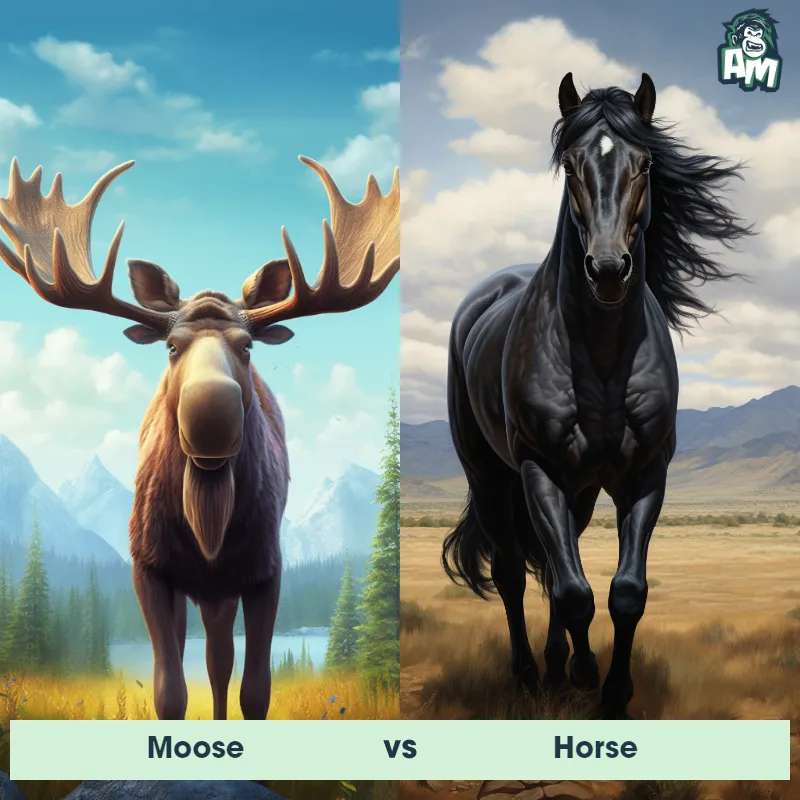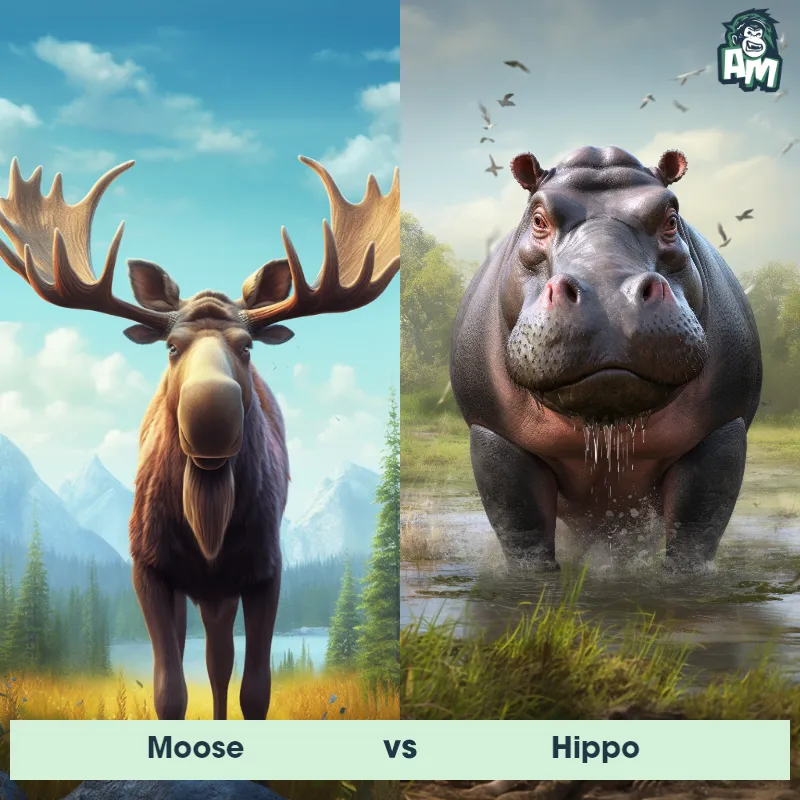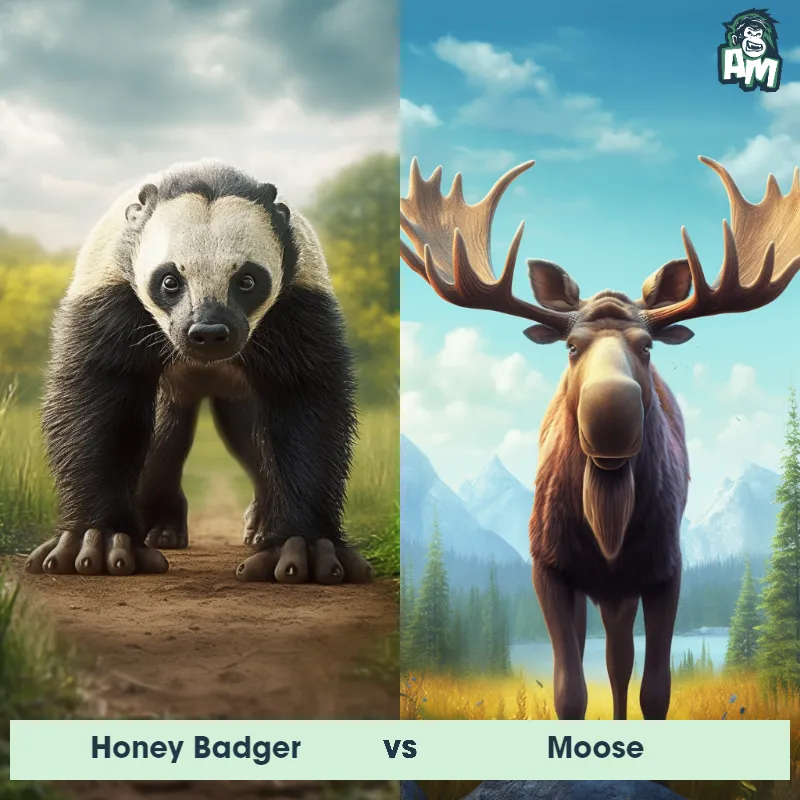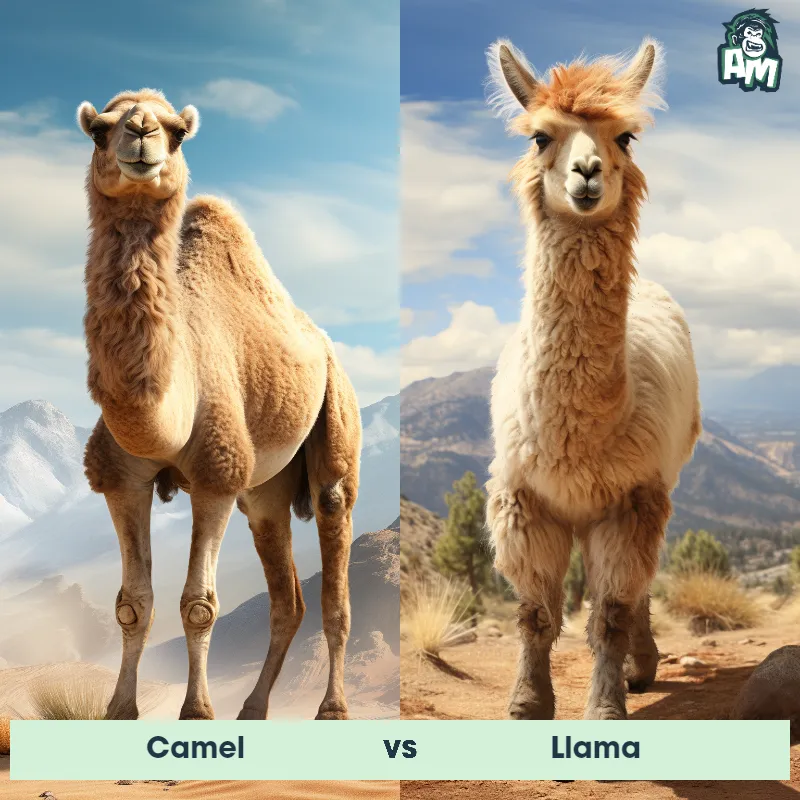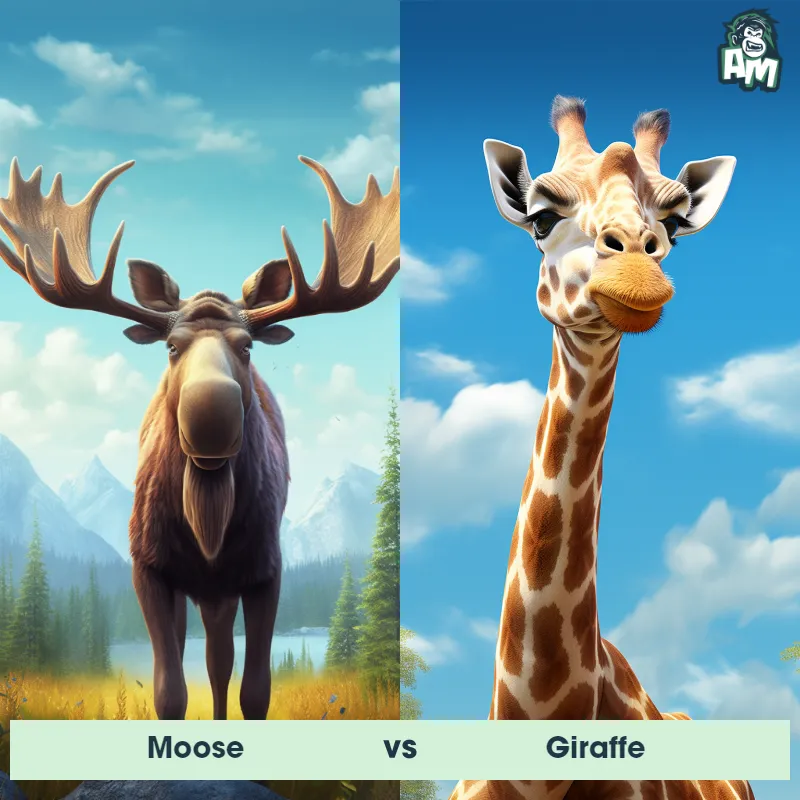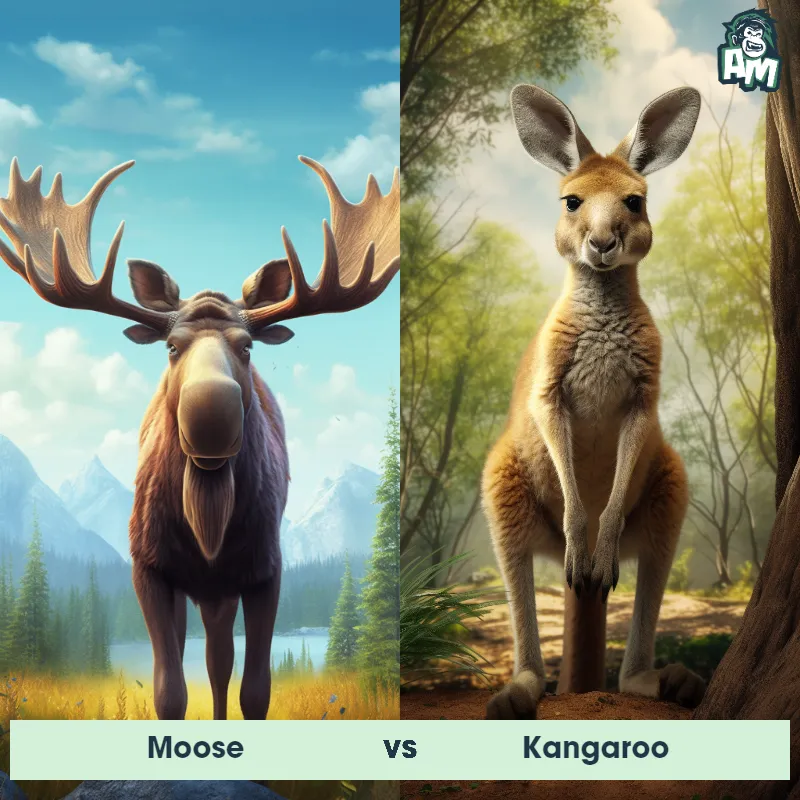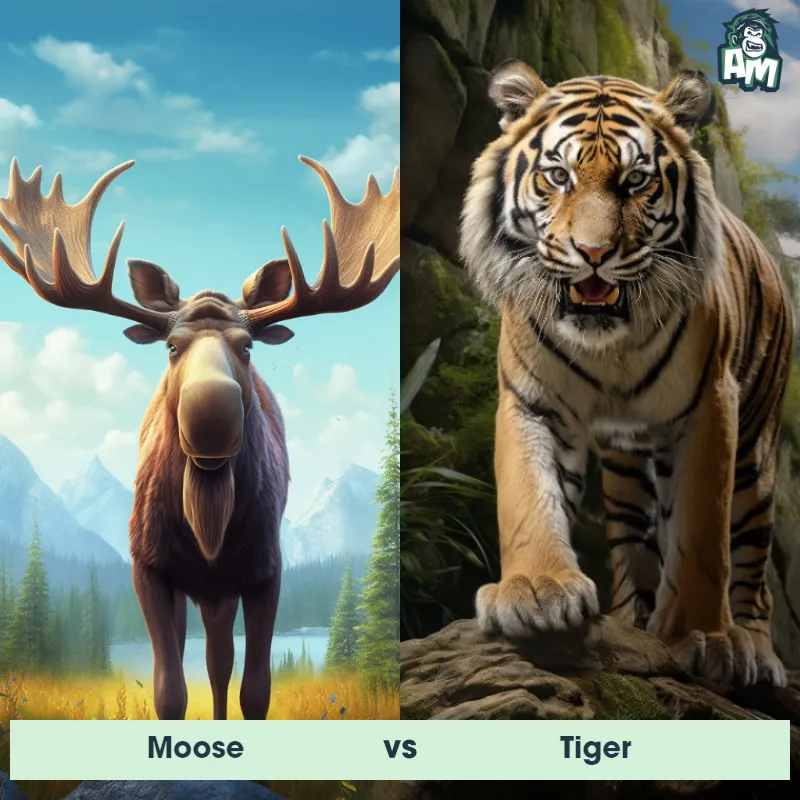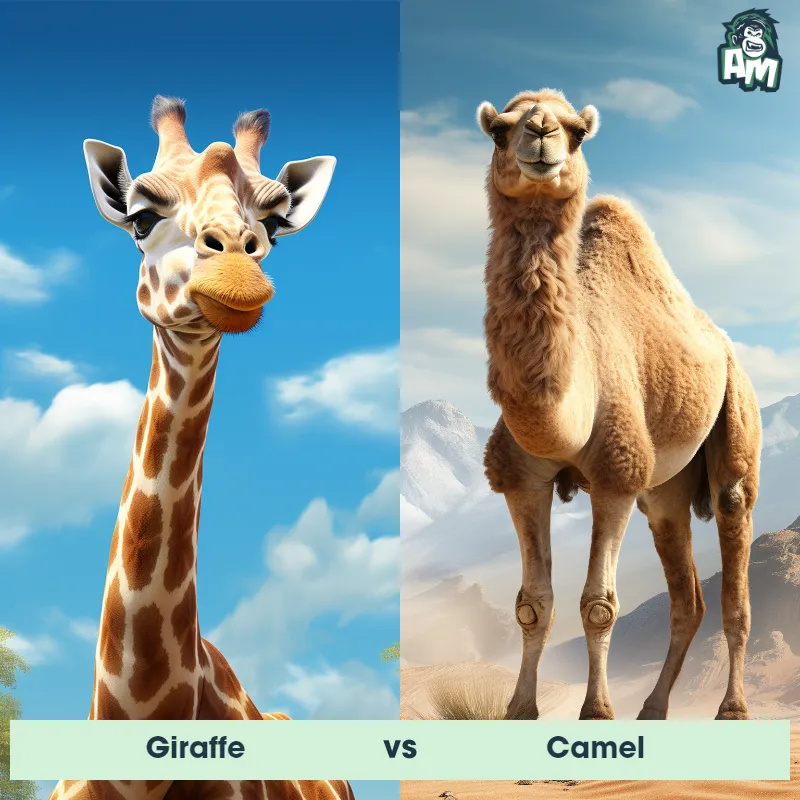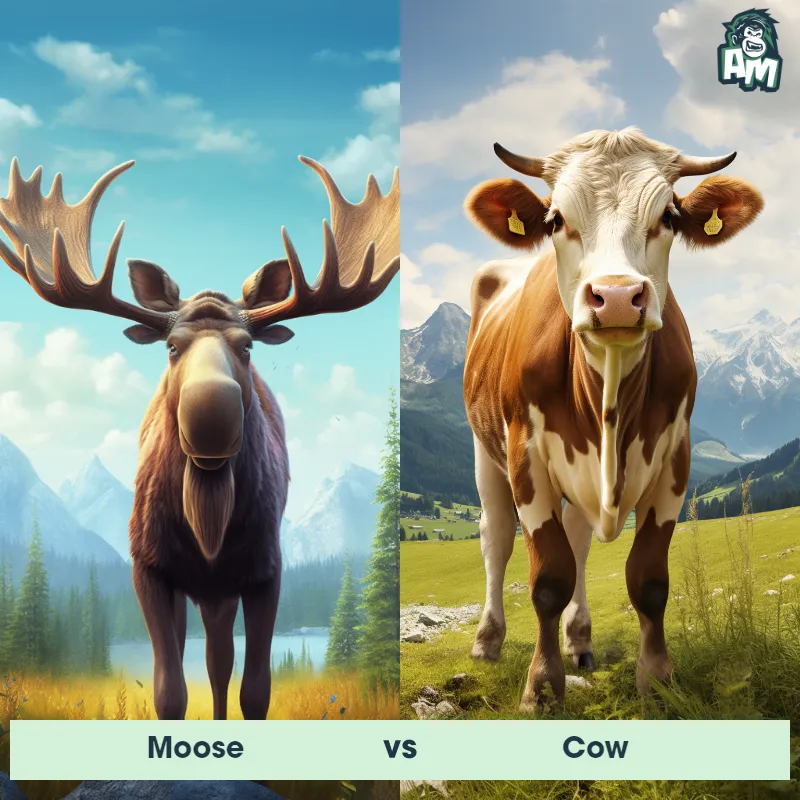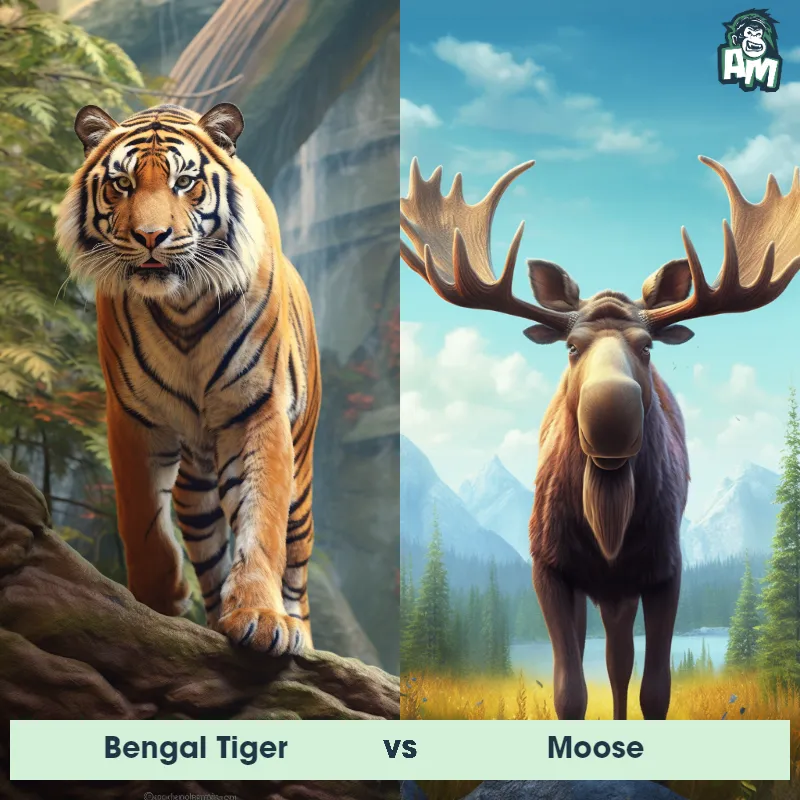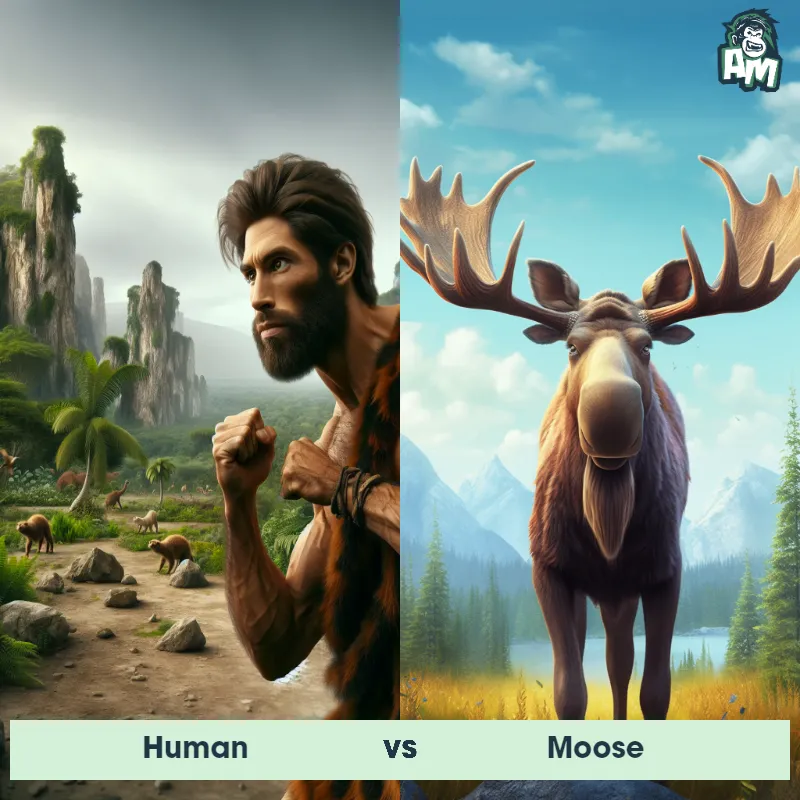Moose vs CamelSee Who Wins
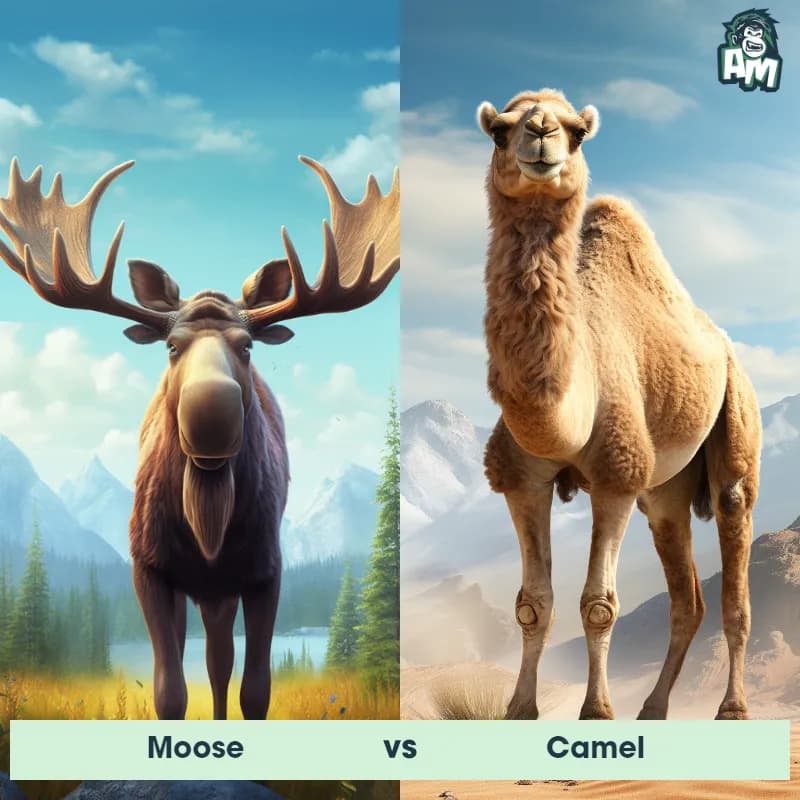
Ladies and gentlemen, welcome to this thrilling matchup between two formidable contenders! In one corner, we have the massive and powerful Moose, known for its impressive antlers and unwavering resilience. And in the other corner, we have the sleek and swift Camel, known for its long legs and extraordinary endurance. Get ready for an exhilarating three-round fight, where these extraordinary creatures will battle it out for glory!
Contender 1: Moose
The Moose, also known as the Alces alces, is the largest member of the deer family. They are known for their massive size, with males weighing up to 1500 pounds and standing over 6 feet tall at the shoulder. Moose have long, slender legs and a humped back, with a distinctive flap of skin called a bell hanging from their throat. They are typically brown in color, with a darker mane and legs, and their antlers can span up to 6 feet across.
Fun Fact: Moose are excellent swimmers and can swim up to 6 miles per hour, using their powerful legs and large hooves to paddle through the water.
Contender 2: Camel
Camels are large, hardy mammals known for their distinctive humped backs, which store fat reserves to sustain the animal in harsh desert environments where food and water are scarce. There are two primary species: the dromedary camel, which has a single hump, and the Bactrian camel, which has two. Camels are well adapted to survive in extreme temperatures, with long legs, leathery pads on their feet to prevent sinking in the sand, and thick eyelashes and ear hairs to keep out sand and dust.
Fun Fact: Contrary to popular belief, camels do not store water in their humps - they are actually filled with fatty tissue that the camel can metabolize for energy when food is scarce.
Matchup Stats
| Moose | Camel | |
|---|---|---|
| Size | Up to 6 feet (1.8 meters) at the shoulder | 6 feet at shoulder height (1.8 meters) |
| Weight | Up to 1500 pounds (680 kilograms) | 1000-1500 pounds (450-680 kilograms) |
| Speed | Speed: 35 mph (56.3 km/hr) | 40mph (64km/h) |
| Key Strength | Powerful antlers used for fighting and display | Strong legs and heavy body weight |
| Biggest Weakness | Poor eyesight and slow movement | Limited agility due to size and body structure |
Current Votes
Moose vs Camel
See Who Wins
View More Matches
Looking For More?
Similar Matches
Scientific Stats
| Moose | Camel | |
|---|---|---|
| Scientific Name | Alces alces | Camelus |
| Family | Cervidae | Camelidae |
| Habitat | Forests, wetlands, and tundra | Deserts, arid regions |
| Geography | North America, Europe, and Asia | Middle East, North Africa, Central Asia |
| Diet | Herbivorous, primarily consuming leaves, bark, and twigs | Herbivore, eats thorny plants, dry grasses, and saltbush |
| Lifespan | 15 years - 20 years | 40 years - 50 years |
Key Differences between Moose and Camel
- Facial Features: The Moose possesses a pronounced, bulbous nose and typically has a bell-shaped dewlap, or flap of skin, hanging beneath its throat, whereas the Camel has a distinctively long, curved neck and a specialized respiratory system with nostrils that can close to prevent sand intake.
- Antlers vs Humps: The Moose possesses large, broad antlers that are present in males and absent in females, while the Camel has one or two humps made of fat reserves on its back.
- Body Shape: The Moose has a bulky and stocky body with a distinctive humped shoulder and a large, elongated muzzle, whereas the Camel has a more compact body with a single hump on its back and a shorter, rounded muzzle.
- Legs: Moose have long, slender legs with cloven hooves that aid in walking through wetlands and snow, while Camels have sturdy, long legs with two-toed hooves that help them walk on sand and rough terrain.
- Size: The Moose is significantly larger than the Camel, reaching heights of 6 to 7 feet at the shoulder and weighing up to 1,500 pounds, while the Camel stands about 6 feet tall and weighs around 1,200 pounds.
- Fur Texture: Moose have coarse, shaggy hair that varies in color from dark brown to black, while Camels have a fine and dense coat that can range from tan to reddish-brown.




